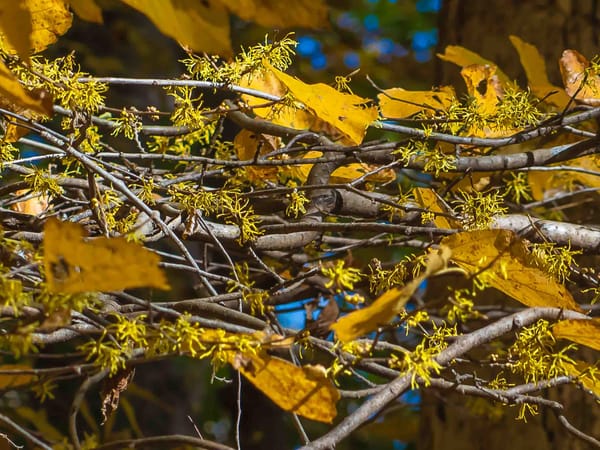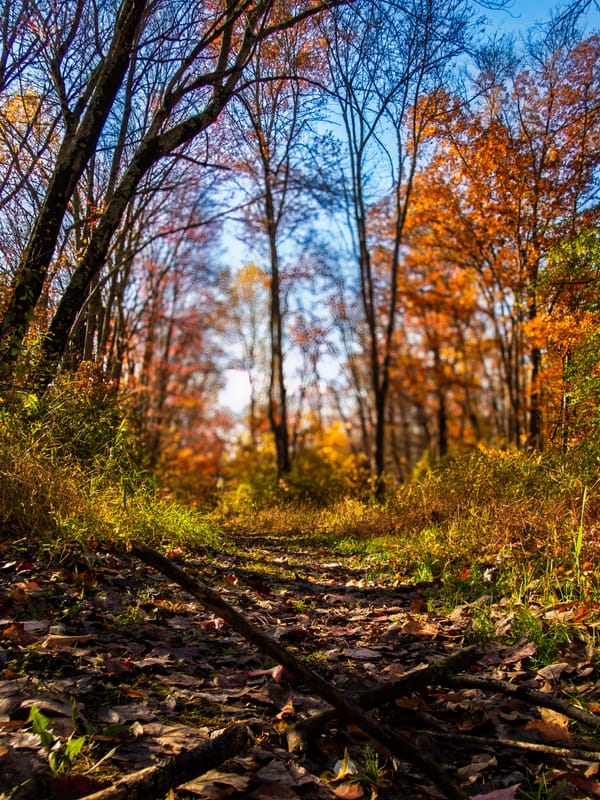A Natural History of Empty Lots

You learn to banish from your mind the illusory fantasy that there is some precious, intact wilderness still out there, beyond the horizon, where wildlife can eke out a healthy existence outside the realm of our dominion. You come to see how the other species we share this planet with occupy the marginal spaces we leave for them—usually those we can’t figure out how to more directly occupy or exploit, like the floodplain of the river behind the factories; or places we have already trashed, like landfills and the pathways of abandoned petroleum pipelines. The beauty of nature is still there. In a way, it is more beautiful when it manifests in these fallen places, because of the resilience it reveals.
Christopher Brown lives in the edgelands of Austin, Texas - that neglected zone surrounding cities and towns damaged by successive cycles of extraction.
This book documents the process of reclaiming a misused lot to build a house, while celebrating the stubborn resilience of the surrounding natural world. Brown records the continual movements of plants, animals, and water, surrounded by human culture that first creates such spaces, then abandons them leaving layered marks on the shrinking habitat.
Brown describes edgelands as liminal landscapes: places once central to human use, later neglected, then sporadically reoccupied. These zones embody a persistent oscillation between human ambition and natural persistence. Examining them reveals the hubris of assuming separation from the natural world. Human constructions are not external to nature but expressions of it; humanity acts as a natural agent within larger ecological systems.
Brown emphasizes that the barrier between humanity and the natural world exists primarily in perception. Conscious recognition allows that boundary to dissolve, enabling an encounter with layers of landscape that predate colonization, settlement, and human presence entirely. His narrative moves fluidly between temporal and conceptual frames, forming a coherent structure that attentive readers can discern, like recurring motifs in a musical composition.
Our park was an edgeland, though at a different scale from those Brown examines. Its value has been repeatedly exploited, sometimes destructively, but it remains open to renewed engagement. Restoration is not a matter of re-creating a lost past but of perceiving the persistent natural forces at work in neglected places and choosing to align with them rather than resist them. In such spaces, the same “music” Brown detects becomes audible: a reminder of humanity’s inescapable role within ecological systems and of the consequences—constructive or destructive—of human choices.




